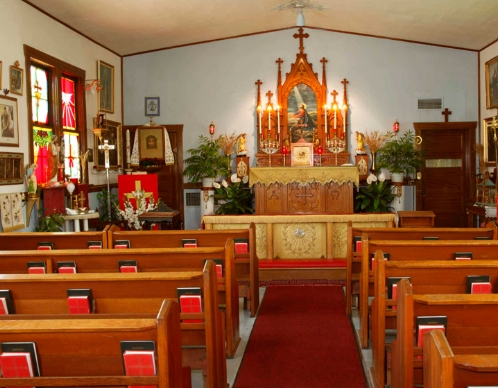Exploring the Rich History of the Old Catholic Church
Introduction
The Old Catholic Church has a long and storied history that dates back to the early days of Christianity. This church is separate from the Roman Catholic Church and has its roots in the breakaway movement that occurred in the 19th century.
Early Origins
The Old Catholic Church can trace its origins back to the Council of Constance in 1414, where a group of bishops and theologians sought to reform the practices of the Roman Catholic Church. This ultimately led to the formation of the Old Catholic Church, which rejected the authority of the Pope and sought to return to the principles of early Christianity.
Doctrinal Differences
One of the main differences between the Old Catholic Church and the Roman Catholic Church is their stance on papal infallibility. The Old Catholic Church rejects the idea that the Pope is infallible and instead believes that all bishops are equal in authority. This belief has been a central tenet of the Old Catholic Church since its inception.
Spread and Influence
The Old Catholic Church spread throughout Europe in the 19th and 20th centuries, gaining followers in countries such as Germany, Switzerland, and the Netherlands. Today, there are Old Catholic communities in several countries around the world, including the United States and Canada.
Challenges and Growth
Like many religious organizations, the Old Catholic Church has faced challenges throughout its history. However, it has continued to grow and evolve, adapting to the changing times while remaining true to its core beliefs. Today, the Old Catholic Church continues to attract new followers who are drawn to its message of inclusivity and social justice.
Conclusion
The Old Catholic Church may not be as well-known as its Roman counterpart, but its rich history and unique approach to Christianity make it a fascinating subject of study. By exploring the origins, doctrines, and spread of the Old Catholic Church, we gain a deeper understanding of the diversity and complexity of the Christian faith.

